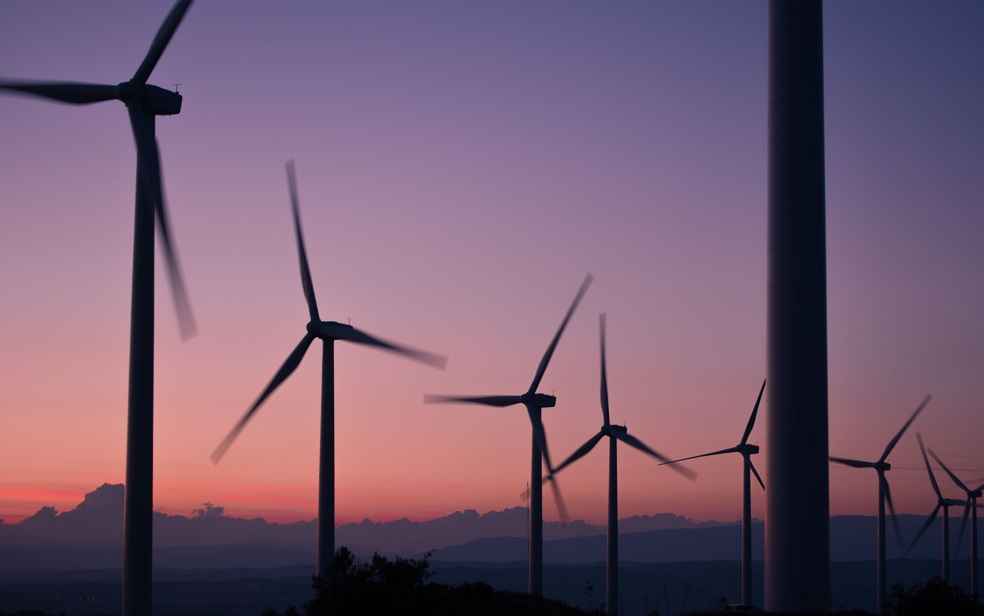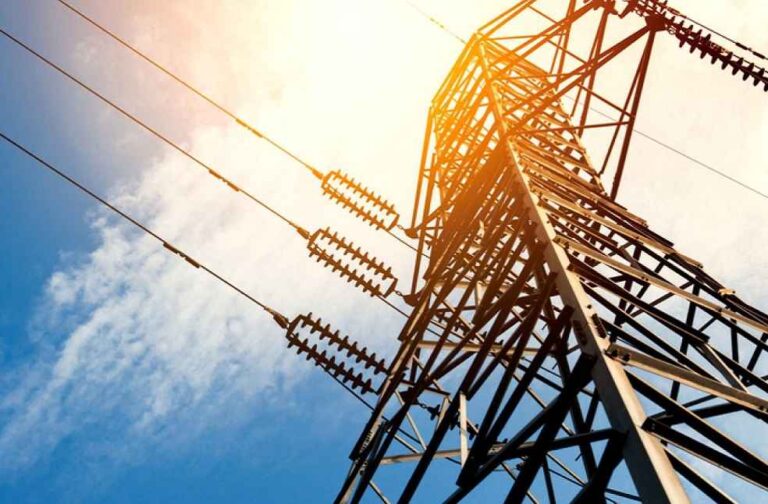Three South Asian juggernauts—India, Nepal, and Bangladesh—are on the cusp of sealing a landmark power trade accord. This pact would enable Nepal to export up to 500 MW of its hydropower riches to Bangladesh, capitalizing on India’s sophisticated transmission architecture.
Discussions are also underway about dedicated transmission lines linking Nepal directly to Bangladesh, with a passage through Indian territory. Two potential pathways are being considered for this ambitious undertaking.
Bilateral power trading might be a familiar narrative for the region, but a tripartite arrangement of this magnitude promises to recalibrate the energy dynamics. It’s not just about trading electricity; it’s about reshaping the green energy landscape and setting precedents for future electricity collaborations with nations like Sri Lanka and Myanmar.

A senior Indian official shared a perspective that encapsulates the region’s aspirations: “India is open to permit the transit of electricity from Nepal or Bhutan to countries such as Bangladesh or even Sri Lanka if they have grid interconnection capacity available and they can harmonize grid operations with India.”
Diving deeper into the tripartite arrangement, Nepal’s formidable 900 MW Upper Karnali hydropower project will spearhead the initiative by channeling an initial supply of 50 MW to Bangladesh via India’s Baharampur-Bheramara transmission route. In a gesture of reciprocity, India is keen on acquiring Bangladesh’s approval to lay transmission lines connecting its northeastern regions.
India, with its distinction of operating the world’s most extensive standalone grid system, holds immense potential. Couple that with Nepal’s vast hydropower potential and South Asia’s insatiable green energy thirst, and India’s pivotal role in the region’s energy equation becomes clear.

India’s stance on such collaborative ventures is clear-cut. First, any power trade should be insulated from impacting India’s energy reservoir or security. Second, the power sources should remain unscathed by investments from external nations that conflict with India’s strategic priorities.
The transmission blueprints presently under consideration encompass the Anarmari (Nepal) to Panchagarh (Bangladesh) route and the Anarmari (Nepal) trail leading to Thakurgaon (Bangladesh). Presently, Bangladesh draws 500 MW from India through the Baharampur-Bheramara channel, bolstered by another 150-160 MW via the Tripura-Comilla grid linkage. Furthermore, the energy portfolio of Bangladesh is enriched by contributions from Adani’s Godda thermal power establishment in Jharkhand.
As this trilateral initiative unfolds, the energy paradigm in South Asia stands at the brink of an evolutionary leap, underscored by unity, innovation, and shared prosperity.
BUSINESS GENERAL | Russia’s New Trade Agreements With Four North African Countries



